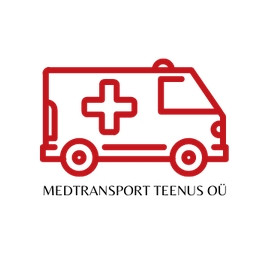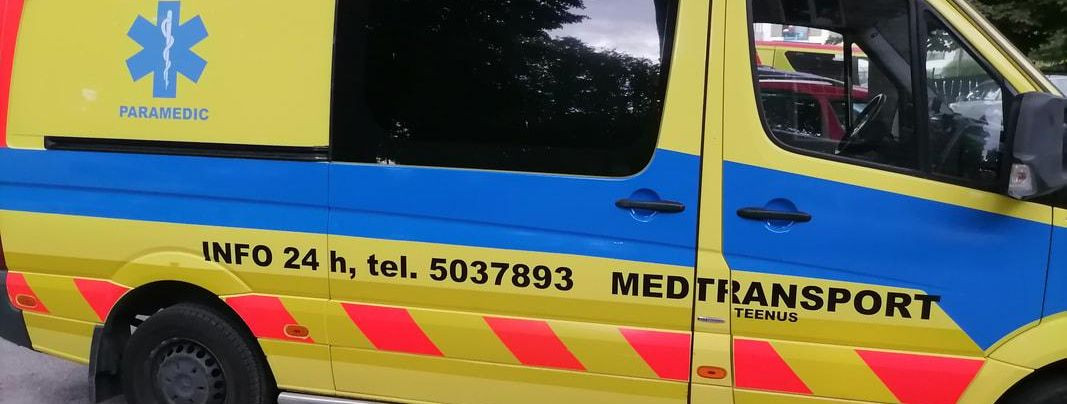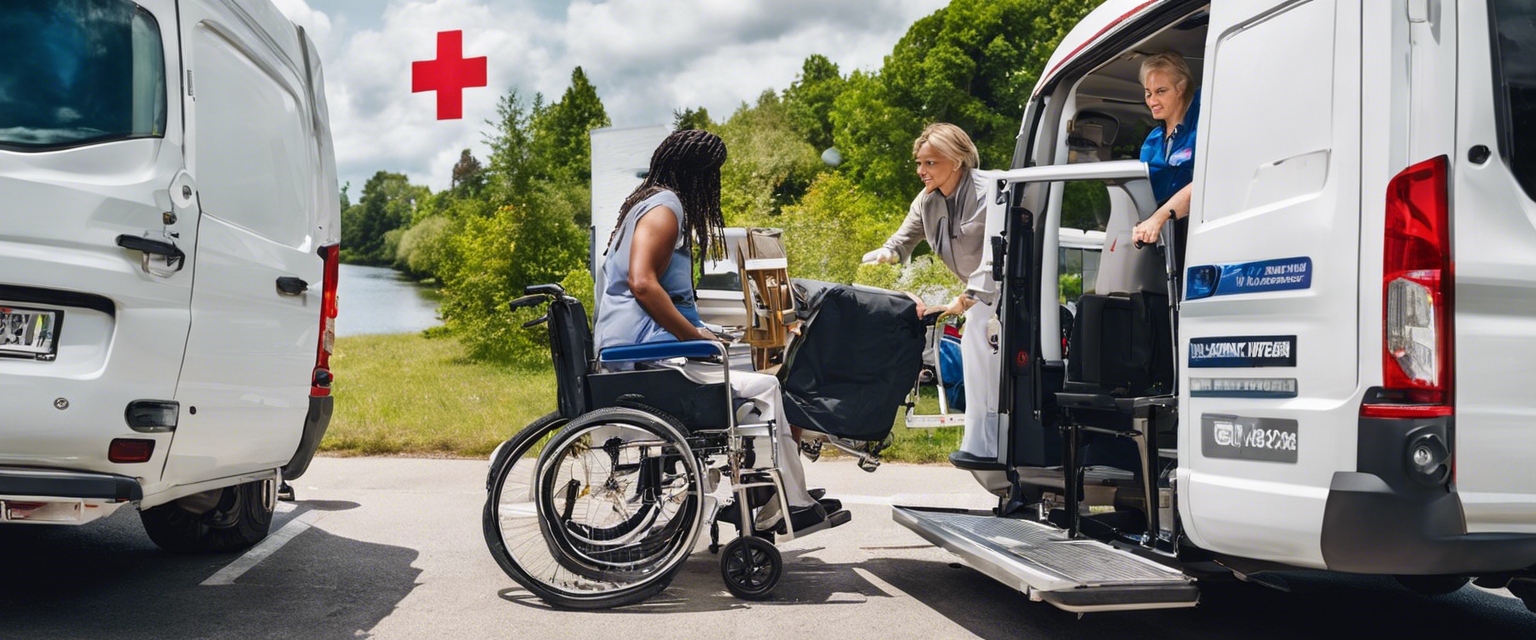The importance of special needs accessibility in transit
Special needs accessibility in transit refers to the ability of public and private transportation systems to accommodate individuals with disabilities, ensuring they can travel with the same ease and convenience as others. This encompasses physical modifications to vehicles and stations, as well as service adjustments that cater to various impairments.
Legislation such as the Americans with Disabilities Act (ADA) and similar laws worldwide mandate that transit services be accessible to all. Compliance with these regulations is not just a legal obligation but a moral one, ensuring equal opportunities for mobility.
Despite advancements, many transit systems still fall short of fully accommodating the needs of individuals with disabilities. Gaps in accessibility can lead to isolation and reduced quality of life for those affected.
Challenges Faced by Individuals with Special Needs
Physical barriers such as stairs, narrow doorways, and lack of ramps can prevent access to transportation for those with mobility impairments.
Insufficient information about routes, schedules, and services can create significant challenges for those with visual, hearing, or cognitive disabilities.
The stigma and lack of understanding surrounding disabilities can lead to social exclusion and emotional distress for special needs passengers.
Benefits of Accessible Transit for Special Needs
Accessible transit empowers individuals with disabilities to travel independently, attend work or school, and participate in community life.
When special needs individuals can move freely, it benefits society through increased employment, reduced healthcare costs, and a more inclusive community.
Accessibility in transit is directly linked to improved quality of life, as it allows for greater freedom, self-reliance, and social integration.
Best Practices in Special Needs Accessibility
Transportation providers can adopt vehicles with features such as low floors, ramps, and securement systems to accommodate wheelchairs and other mobility devices.
Proper training for transit staff on disability awareness and assistance techniques is crucial for providing respectful and efficient service.
Engaging with the special needs community to gather feedback and insights can help transit providers continuously improve their services.
KA&M HAIGETE TRANSPORT OÜ's Commitment to Accessibility
KA&M HAIGETE TRANSPORT OÜ offers tailored transportation solutions for individuals with mobility impairments, the elderly, and those requiring non-emergency medical transport.
We prioritize safety and comfort in our services, ensuring a reliable and dignified travel experience for all our passengers.
Choosing KA&M HAIGETE TRANSPORT OÜ means opting for a transportation partner that understands and addresses the unique needs of special needs passengers with utmost care and professionalism.






Comments (0)